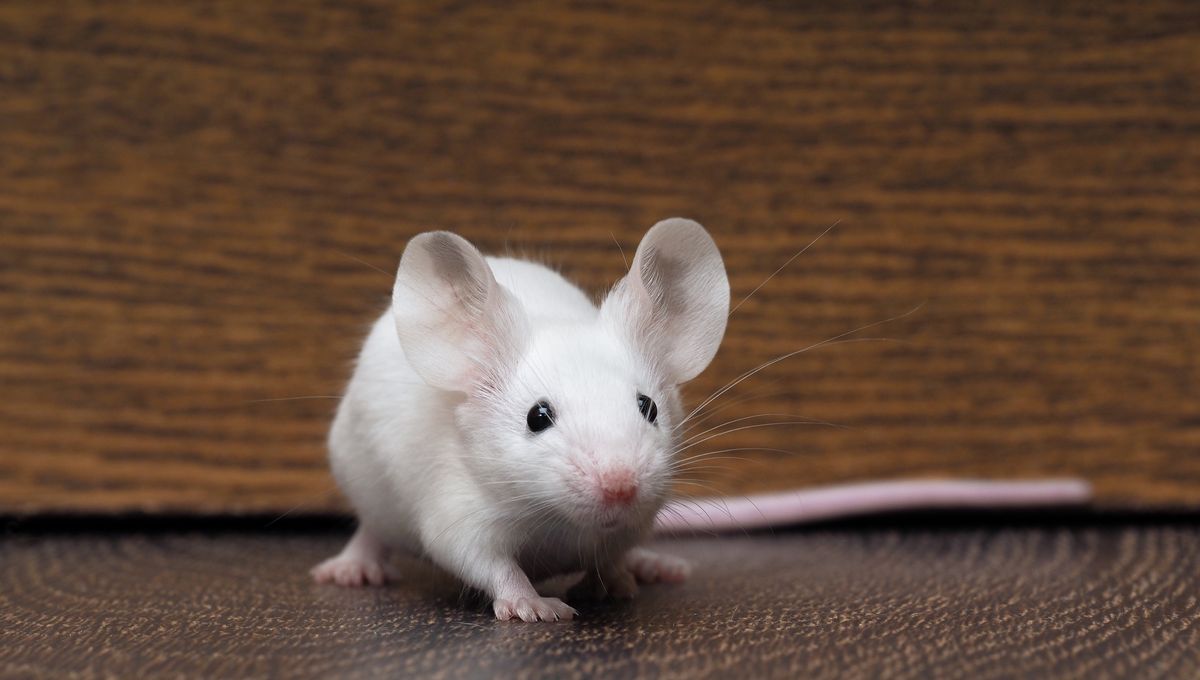
Surgically attaching the circulatory systems of old mice and new mice – a process called heterochronic parabiosis – seems to turn back the biological age of the older mouse. This research could be beneficial in analyzing the restorative effects of young blood in older individuals.
Previous studies on mouse parabiosis have shown that it comes with benefits, including rejuvenating the older mouse’s liver, muscles, and brain. These past studies were only conducted on mice after they were (quite literally) joined to the hip for only three weeks. However, little research had been conducted on a longer parabiosis time period.
In a new paper, researchers surgically attached young mice aged three months to older mice aged 20 months. They kept these mice attached for three months before they detached them and monitored how long they lived after they were separated.
They found that the older mice that had been attached to younger ones lived 10 percent longer than the control mice who did not go through the procedure. If you compare this time frame in humans, it is like adding eight years to the lifespan.
“This is the first evidence that the process, called heterochronic parabiosis, can slow the pace of aging, which is coupled with the extension in lifespan and health,” said James White, senior author of the paper in a statement.
The researchers also used something called an epigenetic clock, a technique that uses methyl groups (patterns of markers on the DNA) that are known to correlate with age, to see if the older mice also became biologically “younger”. And they did. In fact, after two months of detachment, the older mice appeared younger than the control group.
The old mice that were attached to younger ones also had altered gene expression, such as reduced expression of inflammation genes and higher expression of some metabolism genes. The reason for these changes could be the blood of the young mice, which could contain rejuvenating properties that have a positive impact on the older mice. Another possibility is that the blood of the old mice ends up being filtered by the younger mice’s kidneys. This could, in turn, help remove some older components that are the causes of age.
But why are researchers doing these Frankenstein-like experiments in the first place? One of the reasons is to see if this can be applied to humans. No, not sewing a child onto an adult – as White says: “Pairing humans for heterochronic parabiosis is obviously not practical or even ethical” (Phew). This research is more to see if blood transfusion from younger people can help with reversing the aging of older people, like a biological Benjamin Button.
There is some scientific research currently being conducted to see if people injected with young blood see any benefit, however, these studies have been very controversial and have not shown any significant cognitive changes in Alzheimer’s patients.
Now please, before you decide to surgically attach a child to your back (not a sentence I thought I would have to type), please note that the science is not conclusive on whether it will help humans or not. And with that sentence, all human babies in the world must be breathing a sigh of relief.
The paper is published in the journal Nature Aging.
Source Link: Older Mice Live Longer After Temporary Attachment To Younger Mouse's Circulatory System